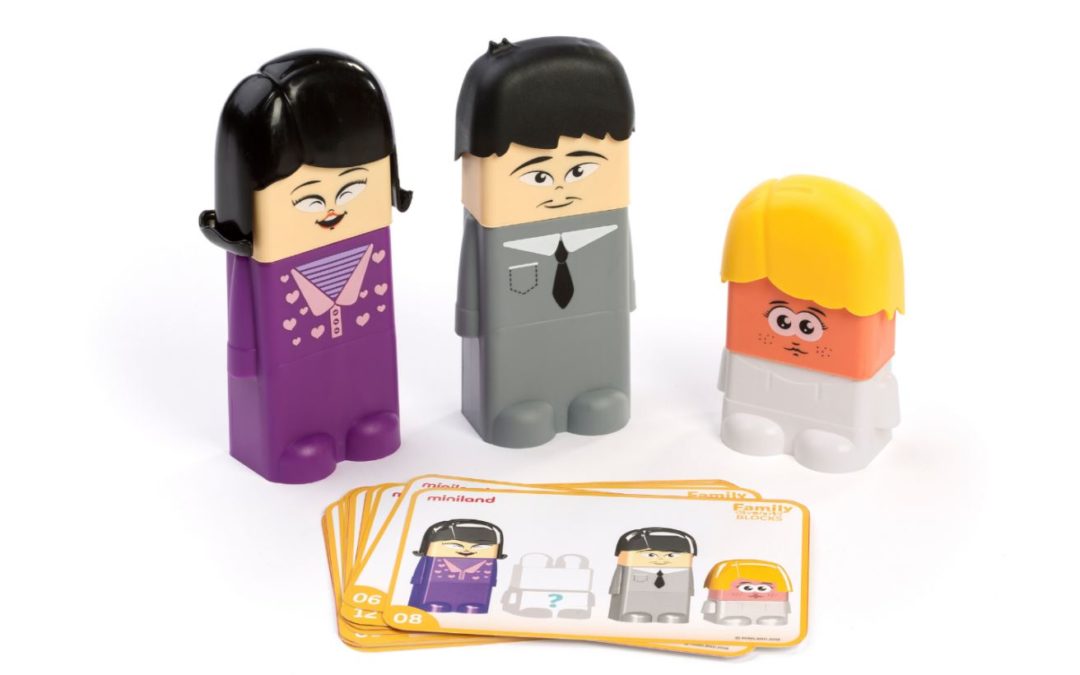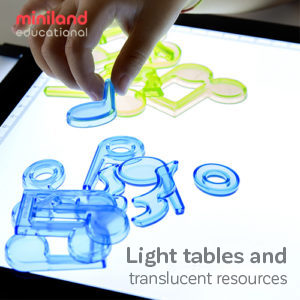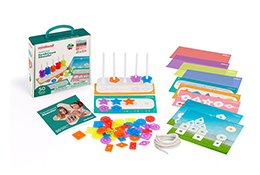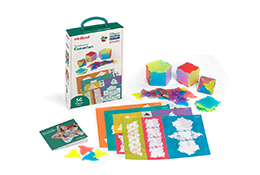As a teacher, you know your students have no filter: particularly at age 4-6. They don’t miss a thing when it comes to what people say or what they look like.
No doubt you’ve heard questions and comments similar to these:
“Sarah said she only has a Mommy at home but not a Daddy. Is that bad?”
“How come Anthony has white skin and his Daddy has brown skin?”
“Julie doesn’t have a Mommy she only has a Grandma. Can she just have a Grandma?”
“Why is Lizzy a different color than her Mommy and Daddy?”
As a welcoming environment that prides itself on acceptance and diversity, your classroom may be one of the few (or only) safe spaces for children to let their curiosity flourish, particularly when it comes to comparing themselves to their peers.
Children at this age begin to understand that their families might be different than the family of the student seated next to them. They might start to question if their family is “good” or “bad” when faced with other families that might not look like theirs.
One of the most important gifts and lessons you can offer your students is to help them learn to respect, accept and welcome their families and other family dynamics that might look “different” than their own.
Tip 1: Don’t avoid the question. Answer as best as you can, and stay positive.
When your students ask you things like “Can Sarah only have a Mommy and not a Daddy?” or “Can you have two Daddies?” they’re usually looking to you for a “yes” or “no” response. They’re not quite old enough to dive into deeper answers, nor are they that interested. They just want to know what is or isn’t “ok”. They want to better understand their concept of a family, and whether or not their family fits the mold or doesn’t.
Now that they’re in school with you, they have access to an array of family dynamics they have never heard about or witnessed before. Until this point, all they’ve likely known is what their family looks like, who lives in their house and most of all who takes care of them the most.
The best way to help them understand that there is no right or wrong family is to reassure them that all of these scenarios are all ok and what makes us all special:
“Yes children can have two Mommies or Daddies. Yes, children can have only one parent at home. Yes, children can be raised just by their Grandma. All these examples are normal, and they’re all ok. Love is the one thing that makes a family, no matter what it looks like.”
Demonstrating this repeatedly not only helps children feel secure about their situation but it also helps them to fully accept others with families that don’t look like theirs.
Tip 2: Help them “see” what families look like by using toys as props.
Children of pre-school to kindergarten age are very visual and literal. They understand a concept better when you show it to them versus fully explaining with details they are not quite ready for.
One of the best ways you can help communicate the beauty of Diverse Families is to show them what a Diverse Family looks like.
Our Family Diversity Blocks support this concept in a fun and easy way. With 33 pieces included and 12 Activity Cards, you can create an array of families with different skin tones and ethnicities to help demonstrate your points.
For example, if Jonathan has blonde hair and his parents have dark black hair and different facial features, perhaps his family looks like this:
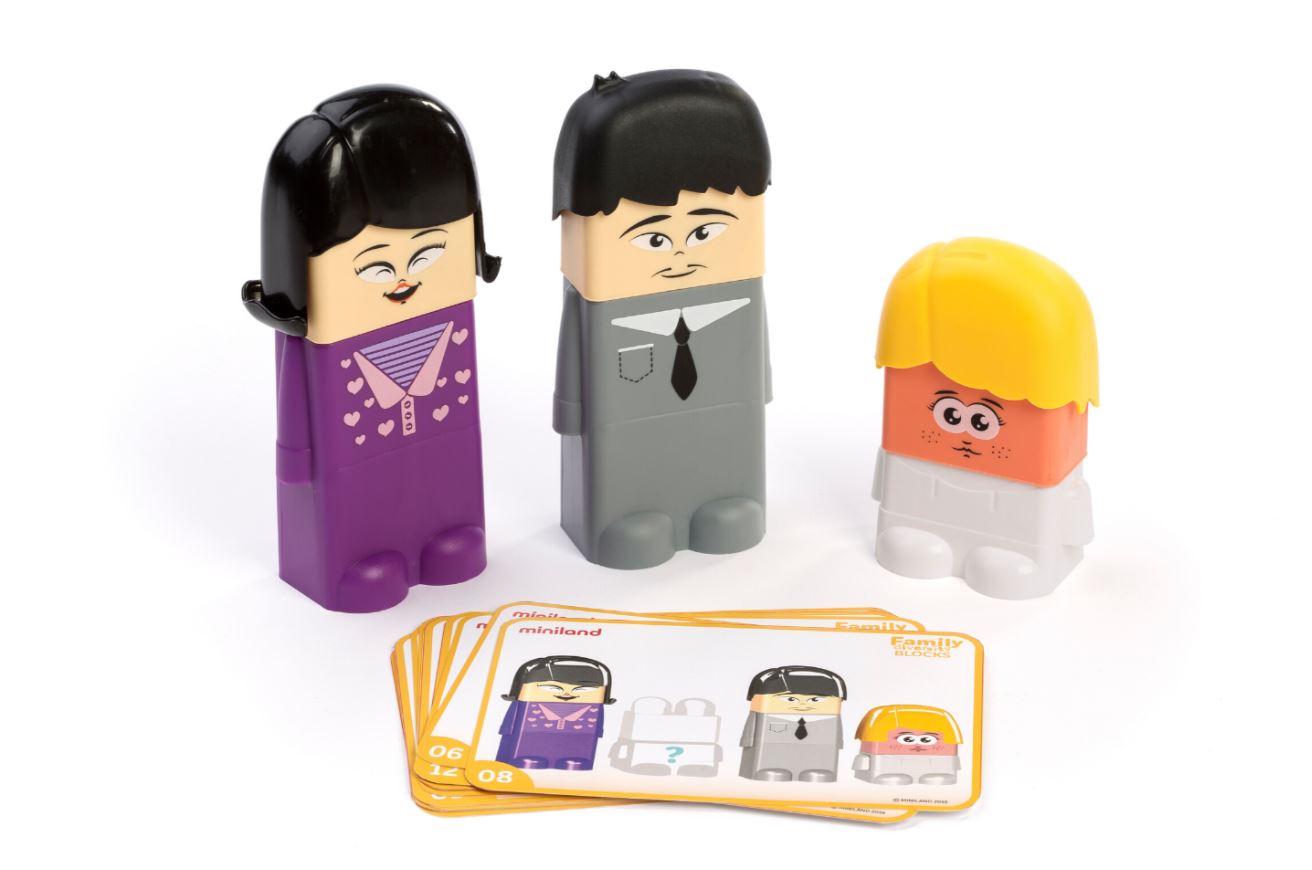
Take the time to allow each student to create what their family looks like. This will make them feel secure in their own family dynamics, and also demonstrate to the rest of your students how each family may look different but they are all accepted. In the end, all children want to know is that their family is accepted by you and their peers.
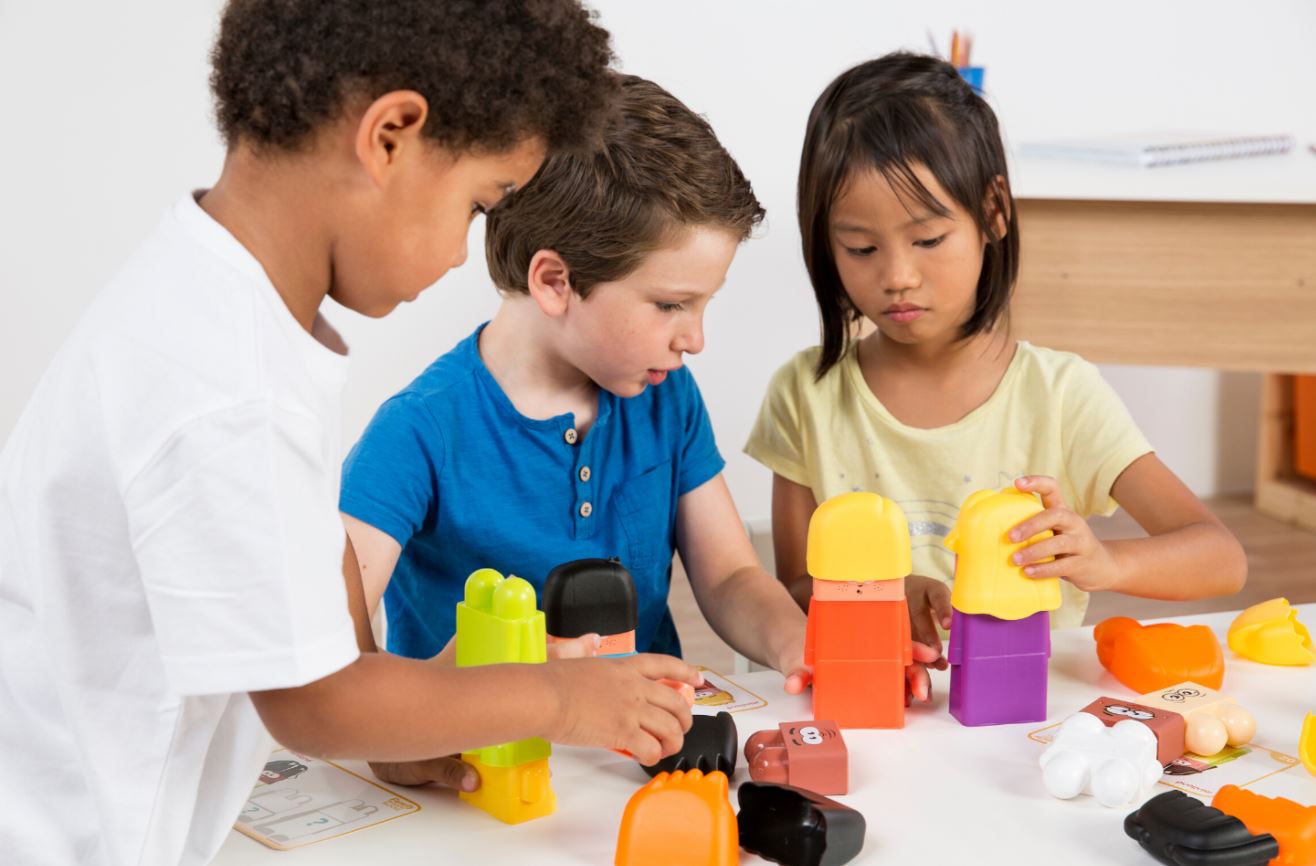
Using toys to communicate your message also helps the discussion happen more freely and naturally.
Tip 3: Not talking about race in families can be harmful.
If a student asks a question like this: ““How come Anthony has light skin and his Daddy has brown skin?” you may feel like responding with something like “Skin color doesn’t matter, what matters is on the inside.”
That may SOUND like the right thing to say, but in reality all you’re doing is silencing a child on the beauty of various races. You’re unintentionally diminishing the uniqueness of the different shades and backgrounds we all have around the world, instead of celebrating them. This could prove very harmful now and in the long run as the child continues to grow up and experience different children and families around him.
Focus instead on how the child made that connection:
“That’s interesting that you thought about that with Anthony! His Daddy does have brown skin and his Mommy has lighter skin. If you look real close, none of our skin colors are EXACTLY the same. That makes us all special in our own ways. Isn’t that awesome?”
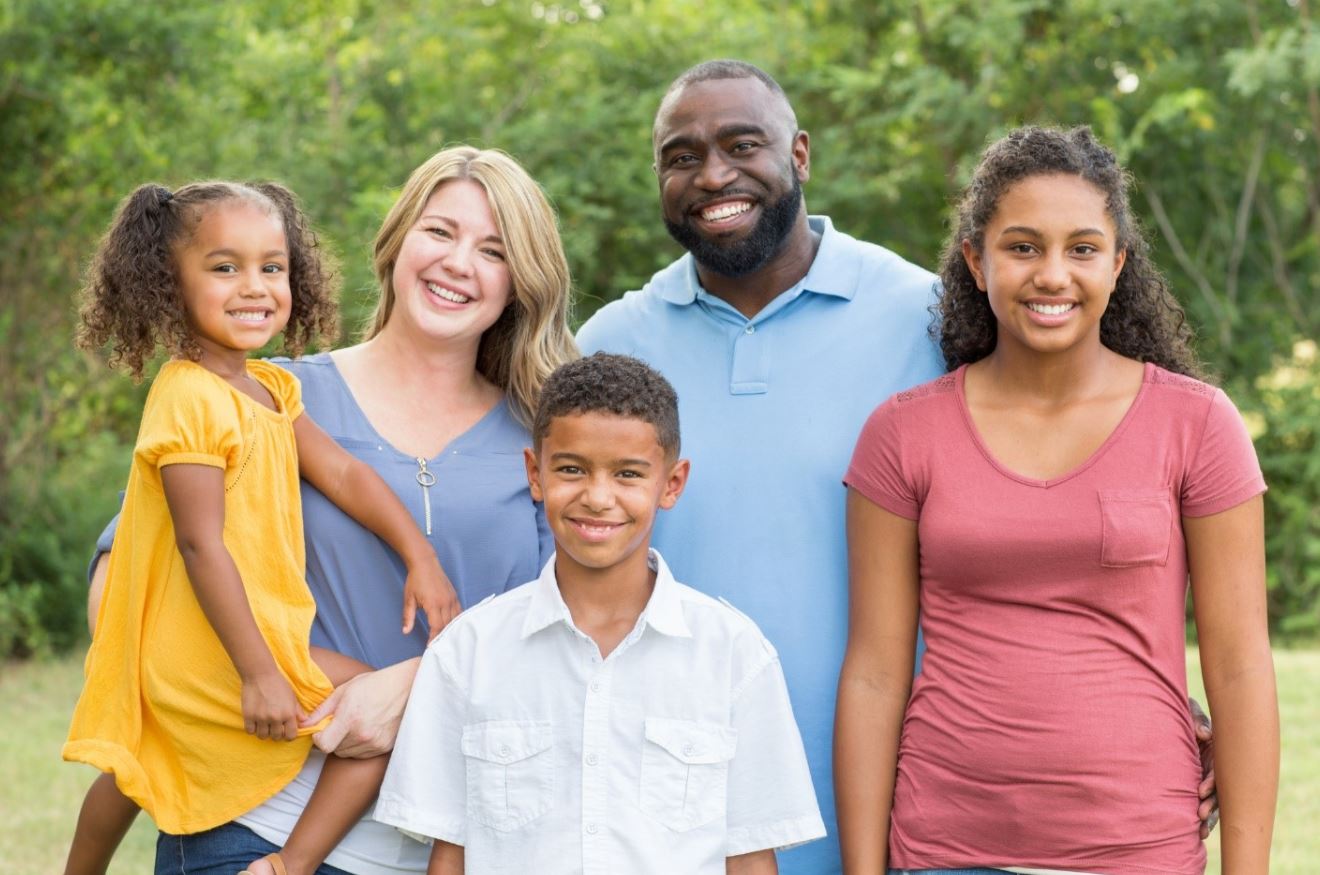
In the end, the best thing you can do is to provide your students with an environment that lets them feel safe and accepted. Surrounding them with positive examples and with diverse play experiences as they learn will help build their confidence and level of acceptance.
In the end, always remember:
- Families come in all shapes and sizes
- You belong in this world, no matter what your family looks like
- No one type of family is better than another
